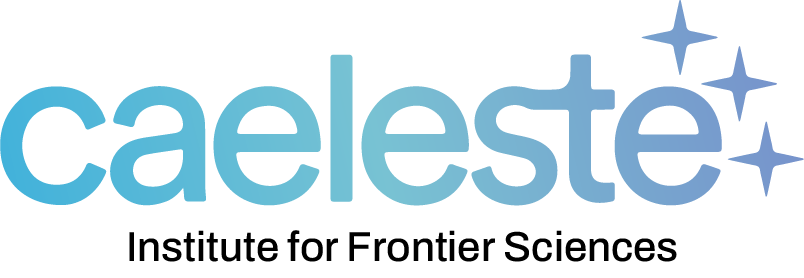Imagine a future in which brain-machine interfaces (BMIs) do more than restore lost memories, they become gateways to a new era of human experience. With direct neural links to technology, individuals could control devices through thought alone, opening unprecedented pathways in communication, autonomy and cognitive enhancement. We invite you to join us in developing the interfaces that will fuse mind and machine.
In this envisioned future, BMIs could enable patients with neurodegenerative conditions to regain memory and executive function by reactivating neural circuits through targeted stimulation or neural data integration. Real-time brain-to-device communication may allow surgeons to conduct procedures remotely, controlling robotic tools with precision thought commands. In high-risk environments, such as deep-sea exploration or space missions, BMI-linked avatars could act as extensions of human intent, reducing physical exposure while expanding capability.
Recent work by Willett et al. (2021) demonstrates the translation of imagined handwriting into real-time text using intracortical signals, showing the feasibility of high-bandwidth neural communication. Meanwhile, studies such as those by Capogrosso et al. (2016) have shown that spinal cord stimulation, combined with BMI systems, can restore movement in paralysed individuals. The emerging paradigm of “closed-loop” neurotechnology – where brain signals are decoded, interpreted, and responded to in real time – has already begun to redefine rehabilitation and human-machine collaboration (Flesher et al., 2021).
We will build systems that establish a direct interface between the human brain and technology. This includes decoding neural signals, enabling precise device control, and restoring lost cognitive or motor functions. Our research will investigate ethical, technical, and physiological questions surrounding BMIs, with applications in healthcare, neuroprosthetics, defence, education, and immersive computing.
We are seeking bold thinkers and expert collaborators to help define the next generation of human-machine interaction. The challenges are formidable, but the potential for transformative impact is immense. Join us in advancing brain-machine interfaces that could revolutionise medicine, cognition and the boundaries of what it means to be human.
